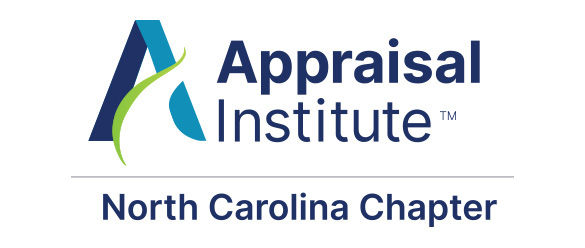FHFA Extends Multifamily COVID-19 Forbearance to Owners Offering Tenant Protection
Originally published on June 3, 2021, for the Federal Housing Finance Agency (FHFA).
Washington, D.C. — Today, the Federal Housing Finance Agency (FHFA) announced that Fannie Mae and Freddie Mac (the Enterprises) will continue to offer COVID-19 forbearance to qualifying multifamily property owners through September 30, 2021, subject to the continued tenant protections FHFA has imposed during the pandemic. This is the third extension of the programs, which were set to expire June 30, 2021.
